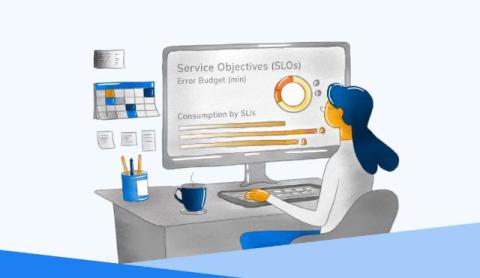Top 5 K12 IT outages detected by StatusGator
We are thrilled to share several recent success stories that highlight the incredible power of our Early Warning Signals feature for K12 IT departments. A monitoring feature unique to StatusGator, Early Warning Signals gives your IT team a heads up on potential outages before providers officially acknowledge them on their status pages. When those critical first few moments strike, StatusGator lets you know if it’s everyone or just you.











